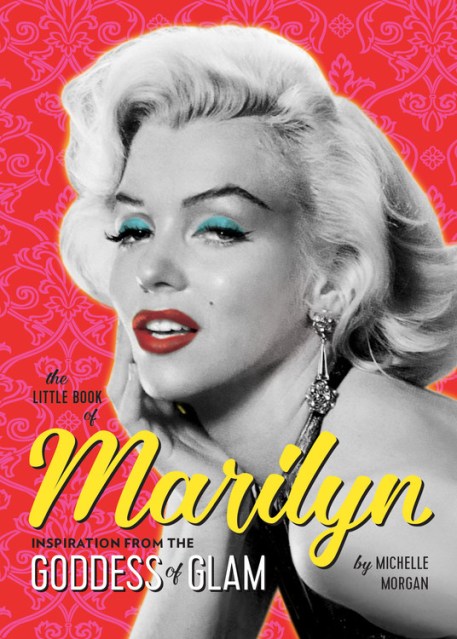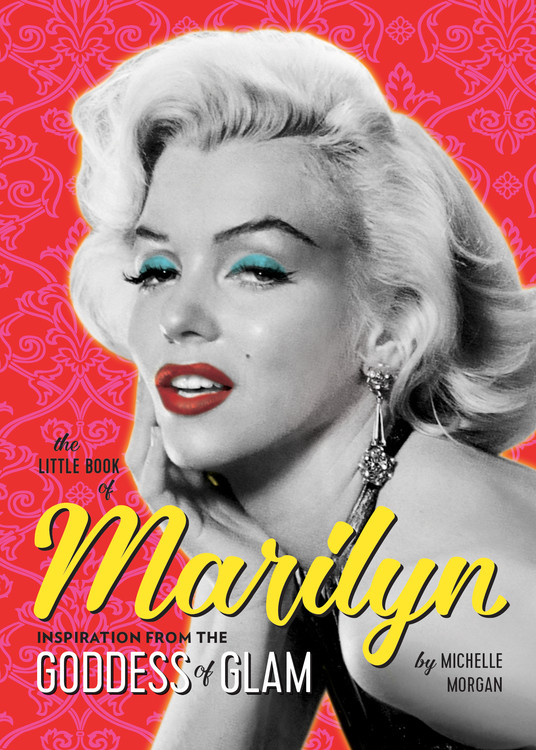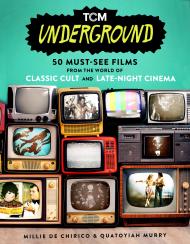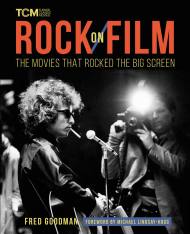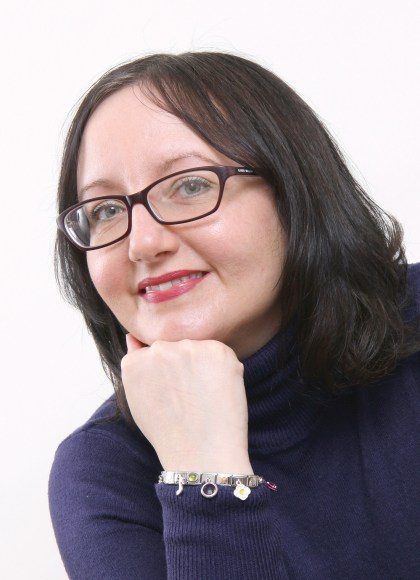By clicking “Accept,” you agree to the use of cookies and similar technologies on your device as set forth in our Cookie Policy and our Privacy Policy. Please note that certain cookies are essential for this website to function properly and do not require user consent to be deployed.
The Little Book of Marilyn
Inspiration from the Goddess of Glam
Contributors
Formats and Prices
Price
$16.99Price
$22.49 CADFormat
Format:
- Trade Paperback $16.99 $22.49 CAD
- ebook $11.99 $15.99 CAD
This item is a preorder. Your payment method will be charged immediately, and the product is expected to ship on or around July 9, 2019. This date is subject to change due to shipping delays beyond our control.
Also available from:
While the 1950s was in many ways an era of repression for women, Marilyn Monroe broke barriers and rebelled against convention — and charmed the world with her beauty, talent, and irresistible personality. Filled with gorgeous photos, The Little Book of Marilyn will show you how to bring a touch of that glamour into your own life through:
- Tutorials on recreating the star’s makeup looks
- Style advice and tips on where to find Marilyn-like fashions
- Décor ideas from Marilyn’s own homes
- Everyday inspiration from her life that will let your inner Marilyn shine, and much more!
- On Sale
- Jul 9, 2019
- Page Count
- 224 pages
- Publisher
- Running Press
- ISBN-13
- 9780762466542
Newsletter Signup
By clicking ‘Sign Up,’ I acknowledge that I have read and agree to Hachette Book Group’s Privacy Policy and Terms of Use
